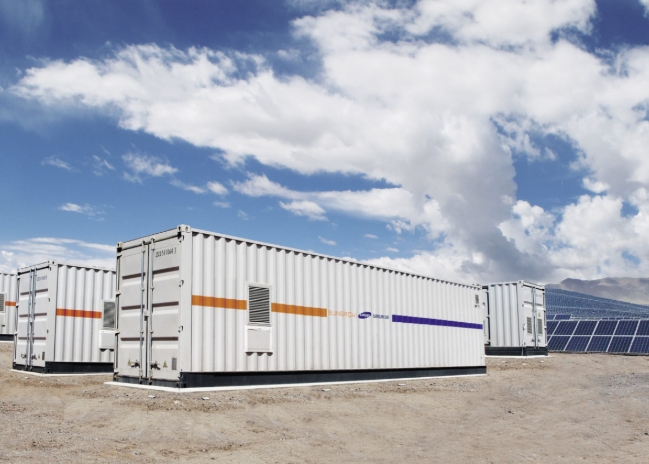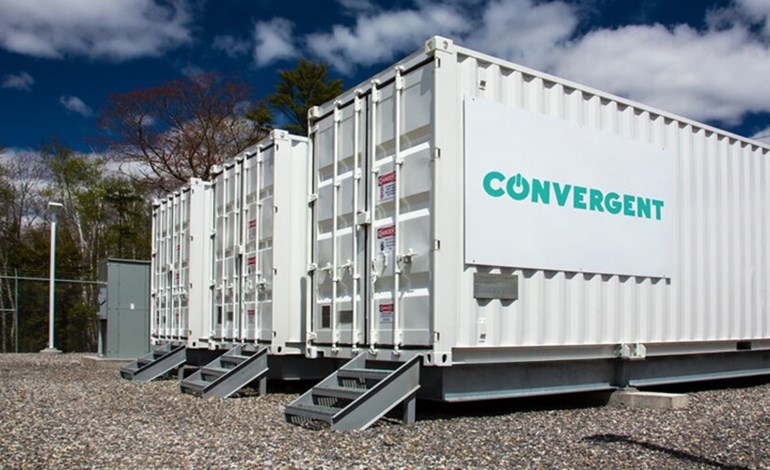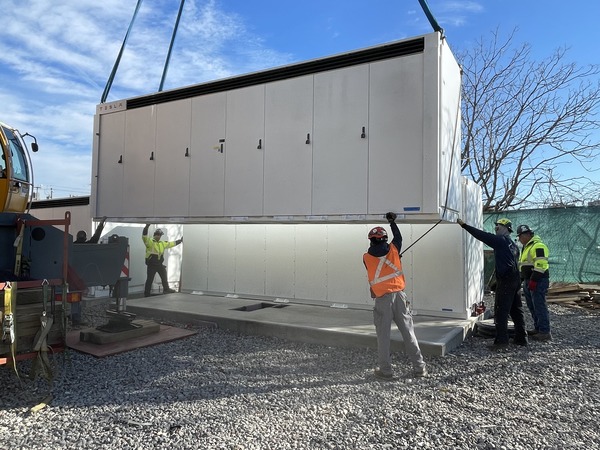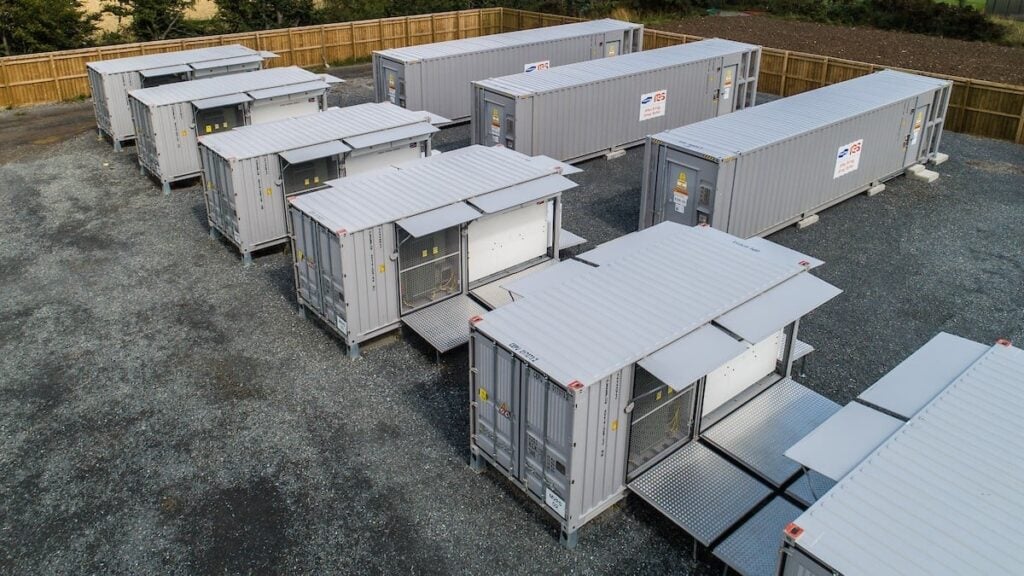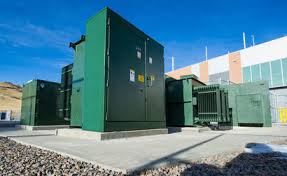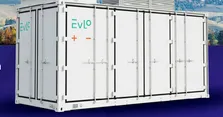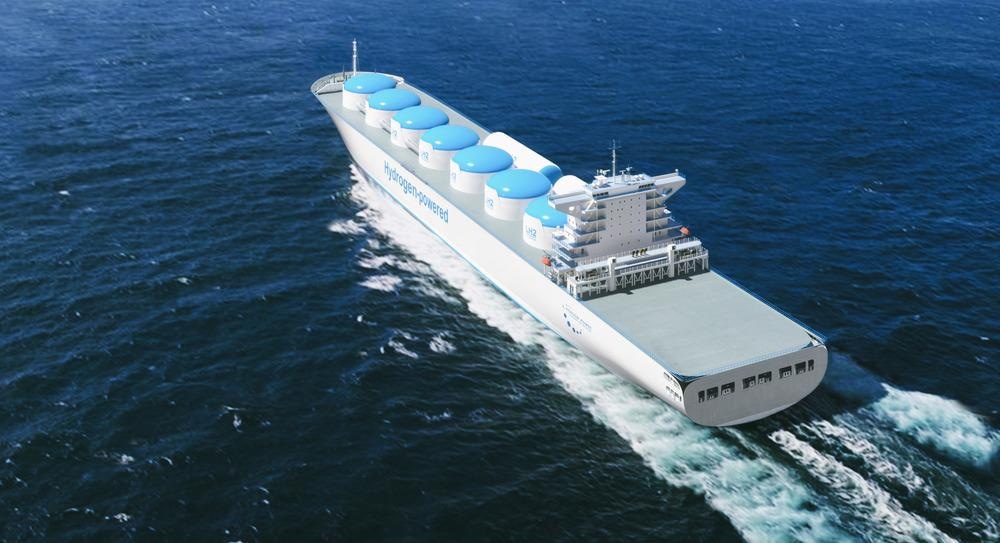
Image Credit: Audio und werbung/Shutterstock.com
Energy demands across the globe are skyrocketing, and so is the pressure to transition to sustainable energy sources under the looming threat of climate change. Hydrogen is a clean fuel that may be able to help, offering sustainable energy at an economic scale for vast industries, particularly transport, fueling trains, trucks, cars, and even ships out at sea. Yet, hydrogen use for fueling vehicles is still in its infancy. As of 2021, there have been less than 25,000 hydrogen vehicles in operation worldwide, primarily in South Korea, Japan, and California.
There are still limitations to seeing this clean fuel through to its potential worldwide. So far, the process of producing hydrogen has not been entirely clean. Approximately 50% of global hydrogen derives from natural gas, and during the extraction of each ton of hydrogen, about 10 tons of CO2 is given off. Another major challenge relates to its transportation.
Transporting Hydrogen
Hydrogen is currently sent from where it is produced via pipeline or cryogenic liquid tanker trucks or gaseous tube trailers. Pipelines are constructed where there is enough economic demand over several decades. The sites where the hydrogen is produced impact the costs involved. A facility providing high volumes can reduce costs, but this will rise again if transportation over greater distances is needed.
An important challenge to overcome is that hydrogen is costly to transport between countries, so it must be made commercially feasible to become utilized at a global scale. This will require the development of new innovations and technologies such as chemical carriers to transport hydrogen at high density, and high throughput fueling technologies will be needed for the transportation of heavy-duty fuel cells.
Delivery infrastructure for hydrogen is commercially available, as there are several US companies delivering bulk hydrogen at present. Some of the technology has already been in place since hydrogen has long been used in industries, but expanding the use of hydrogen will require more technologies to be built and deployed. This will require more research and development (R&D) for the growth of the economic supply chain.
Aramco Leads the Way for Sustainable Hydrogen
There need to be sustainable ways of producing hydrogen. The official Saudi Arabian oil company Aramco is carving out new pathways to a future with cleaner fuels.
The ultimate ambition of the company has been to devise a way of extracting the gas while capturing the CO2 emissions given off during its extraction from hydrocarbons. Methane burning would expel hydrogen and CO2, but by capturing the harmful CO2 emissions, Aramco dubs the clean gas “blue hydrogen”. The greenhouse gases captured can then be recycled or reused, if not removed entirely, to support a circular carbon economy.
The development of blue hydrogen was a big step forward but not the last problem to solve. The precious gas would also need to be sustainably stored and delivered to be utilized at a global scale.
As a light liquid, it can be liquified, but this would need to be at exceedingly low temperatures of -254 °C. This is very challenging during transportation, particularly over large distances. This problem could be overcome by converting it to ammonia in liquified form, making it much easier to transport.
With these methods, Aramco successfully supplied 40 tons of high-grade blue ammonia to Japan in 2020. As a result, the country is one step ahead in realizing blue carbon transportation, as Aramco explains on their website: “This pilot is one of many initiatives that will helping Japan realize it’s ultimate ambition of becoming a decarbonized society, and according to the IEEJ, about 10% of power in Japan could one day be generated by blue ammonia.”
This pivotal moment in Japan sets the stage for the future implementation of the blue ammonia supply chain on a global scale.
More Challenges to Overcome
To expand the supply chain of hydrogen at an international level, reducing costs, boosting energy efficiency while retaining hydrogen purity, and reducing the possibility of hydrogen leaks will all be key.
Hydrogen production can be made to be more sustainable, but transportation is currently where the great challenge lies.
New technologies and initiatives such as that employed by Aramco through the distribution of ammonia will help see hydrogen become commercially feasible at a global scale. It will take time to create and implement various technologies across the world, as there are different infrastructure requirements and resources available for each region. As hydrogen demand expands, so should delivery solutions for the clean, carbon-cutting fuel.
